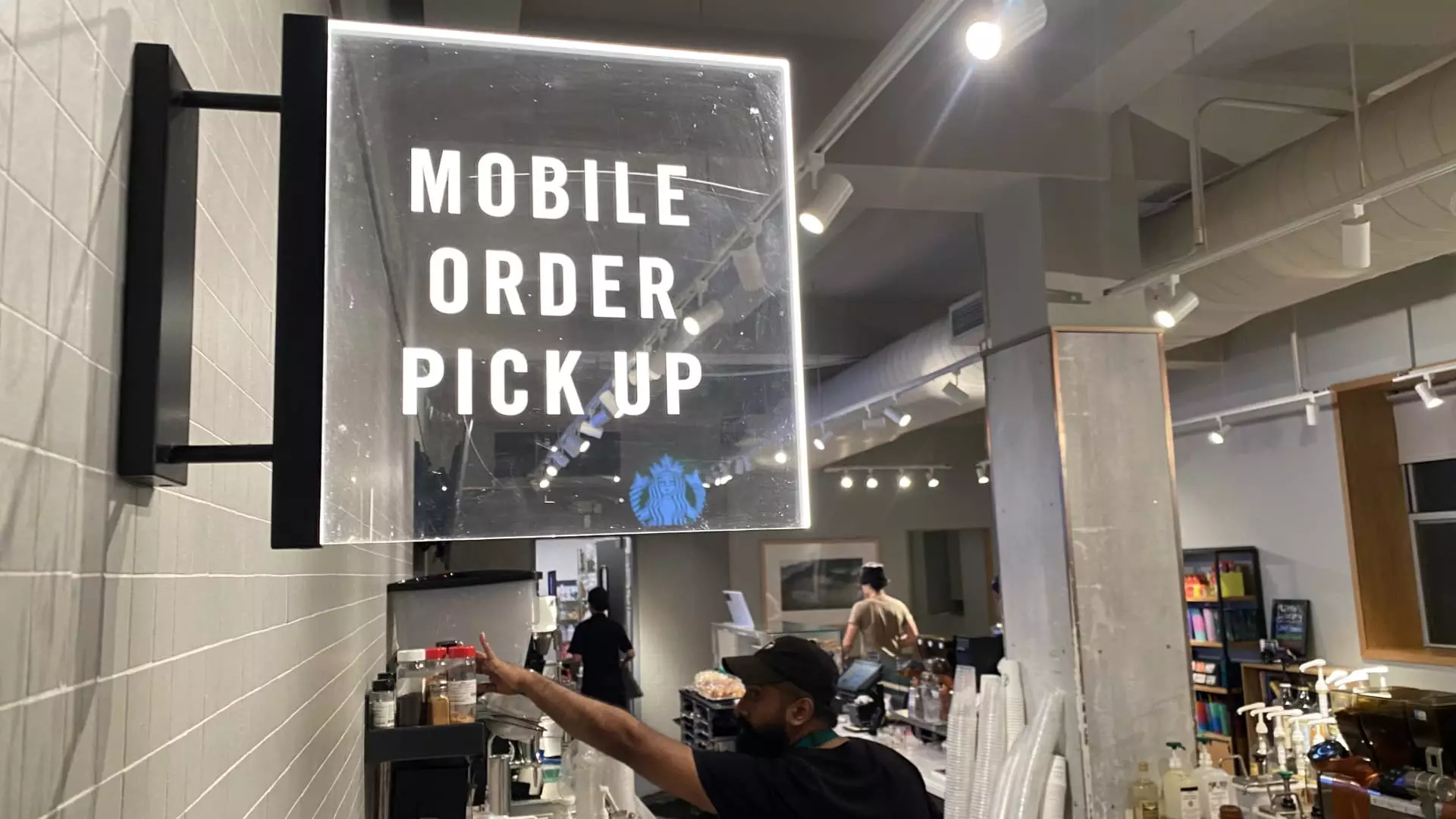Starbucks has been facing significant operational challenges, with mobile orders accounting for a large portion of its total sales. This has led to crowded cafes, frustrated customers, and overwhelmed baristas. Former CEO Howard Schultz has even called the mobile app the company’s “biggest Achilles heel.” The complexity of mobile orders, with add-ons like cold foam and syrups, is causing longer wait times and dissatisfaction among both customers and employees.
Over the years, Starbucks has moved away from its core identity as a “third place” between work and home. The rise of mobile ordering has shifted consumer behavior towards convenience rather than the experience of lingering in a cafe. This shift has not been anticipated or adjusted for by the company, leading to further operational challenges and declining sales.
The leadership transitions at Starbucks have also played a role in the company’s current struggles. Former CEO Kevin Johnson did not anticipate the technological shifts needed to address the growing importance of digital orders. This lack of foresight and investment ahead of the curve has resulted in operational bottlenecks and customer dissatisfaction, ultimately impacting the company’s stock and bottom line.
The pressure created by digital orders has also contributed to employee burnout at Starbucks. The rise of online orders has led to increased demands on baristas, further exacerbating the challenges faced by the company. Some employees have even resorted to unionizing to address these issues, showing the extent of the frustration felt within the workforce.
In contrast to Starbucks, Chipotle has successfully navigated the shift towards digital orders by implementing measures such as second prep lines dedicated to online orders and drive-thru lanes for order pickup. The introduction of automation and promotions tailored to digital sales have further boosted Chipotle’s revenue from online orders. Starbucks could potentially learn from Chipotle’s strategies to address its own operational challenges.
Incoming CEO Brian Niccol has a significant task ahead of him in turning around Starbucks. Speeding up mobile orders, improving service times, and reducing strain on baristas will be key priorities for Niccol. Implementing new equipment and technologies, training employees, and investing in capital expenditure will be crucial steps towards addressing the company’s operational issues. Niccol’s credibility and ability to communicate a clear strategy for addressing these challenges will play a vital role in gaining investor confidence and turning Starbucks around.
Starbucks is facing significant operational challenges, with mobile orders and digital sales exacerbating the issues. The loss of core identity, leadership transitions, and employee burnout have all contributed to the company’s struggles. By learning from successful models like Chipotle and implementing effective solutions under new leadership, Starbucks has the potential to overcome these challenges and regain its position as a leading coffee giant.



Leave a Reply